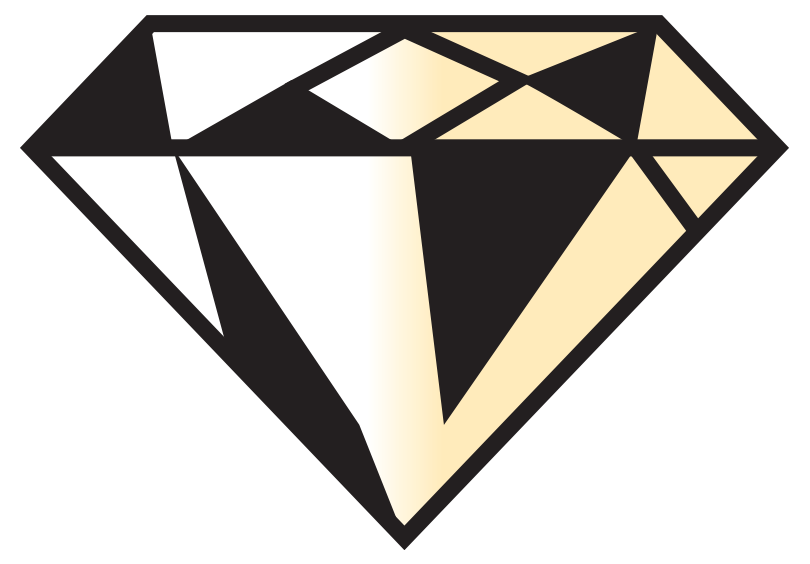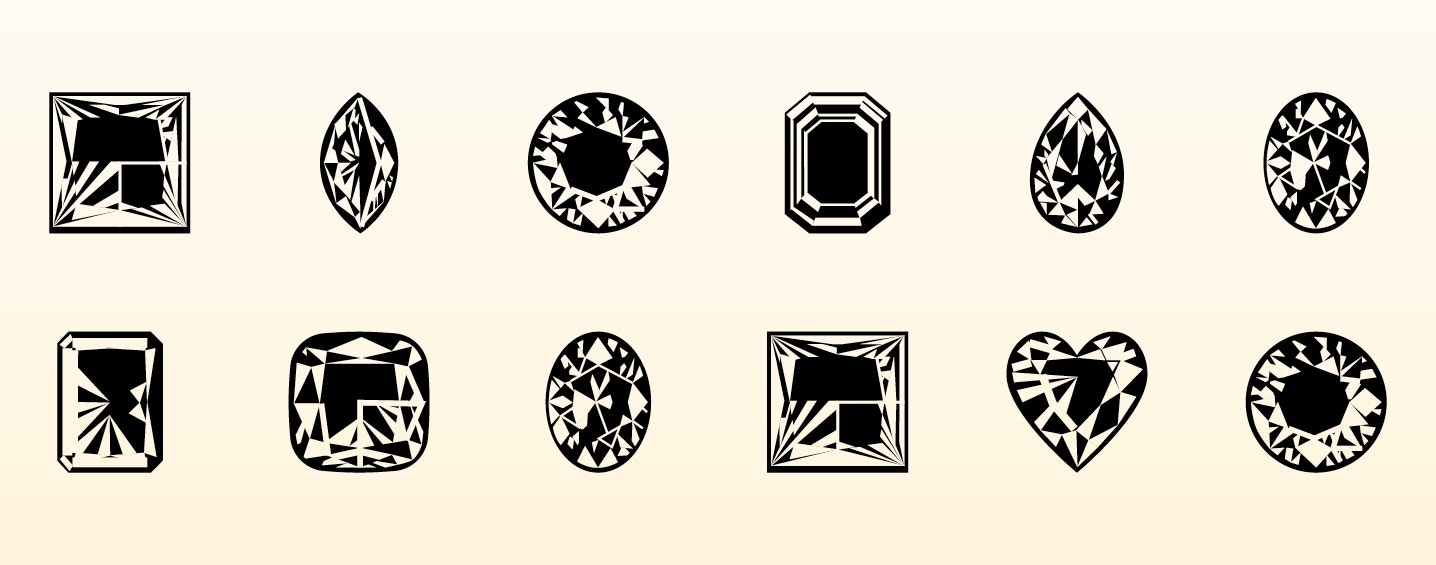When it comes to diamonds, color is a vital characteristic, especially in white diamonds. The highest-value diamonds exhibit the least color, with minimal hues being a sign of rarity and desirability. Conversely, lower color grades reflect more noticeable tints of yellow or brown. The Gemological Institute of America (GIA) has established a color grading scale ranging from D to Z, where D represents the pinnacle of colorlessness and Z signifies the most color.
What is Diamond Color?


Diamond color, one of the famous 4 Cs, is influenced by specific chemical properties. A chemically pure and flawless diamond is colorless, akin to a droplet of pure water, and highly valued. However, completely colorless diamonds are rare; most exhibit slight hues or colorations.
The GIA Color Grading Scale
-
D–F: Absolutely Colorless
These diamonds are the epitome of purity and rarity. Only a skilled gemologist can detect the subtle differences between these grades under expert conditions. -
G–J: Near-Colorless
Diamonds in this range exhibit a slight yellow tint, discernible only when compared to higher grades. Among them, G-colored diamonds are the highest quality, offering an excellent balance of value and appearance. Near-colorless diamonds generally face up white, making them an ideal choice for those seeking a beautiful diamond without the premium price of colorless stones. -
K–M: Faint Yellow
These diamonds show a warm yellowish hue. They are perfect for those prioritizing size over color, offering a more affordable price point while retaining significant visual appeal.


The Importance of Diamond Color in Engagement Rings
When choosing an engagement ring, diamond color is crucial, affecting both aesthetics and cost.
- Aesthetics: Colorless or near-colorless diamonds allow more light to pass through, maximizing sparkle. Lower color grades with yellowish tints can appear dull.
- Value: Colorless diamonds command higher prices due to their rarity.
- Size: Larger diamonds tend to show more color. Opting for a larger stone with a lower color grade may result in a more noticeable tint.
- Setting: The choice of metal can affect the perceived color. Yellow gold complements diamonds with a warm tint, while white gold or platinum enhances colorless stones.
- Preference: Some prefer the warm look of faint yellow diamonds, while others desire the brightness of colorless stones.
Balancing these factors based on personal preference and budget is key to selecting the perfect diamond.
The Enchanting World of Fancy Colored Diamonds
Beyond the traditional white diamonds, fancy-colored diamonds offer a stunning array of hues, including red, green, orange, blue, and purple. Yellow and brown diamonds, often called "Canary diamonds," are relatively more common and popular.
Fancy Colored Diamond Grading
Fancy-colored diamonds are graded based on three main components:
- Hue: The dominant color.
- Saturation: The intensity of the color, ranging from subtle pastels to vibrant hues.
- Tone: The lightness or darkness of the color.
The GIA grades fancy-colored diamonds from Faint to Fancy Deep, with Fancy Vivid and Fancy Intense being the most coveted and expensive.
GIA’s comprehensive grading reports detail the unique characteristics of each fancy-colored diamond, helping buyers understand the true quality and rarity of these exquisite gems.
Dive into the fascinating world of diamonds and discover the perfect gem that matches your taste and budget, making every jewelry piece truly exceptional.



